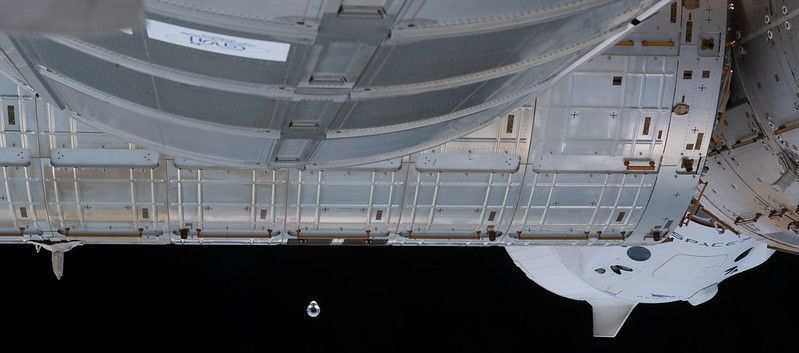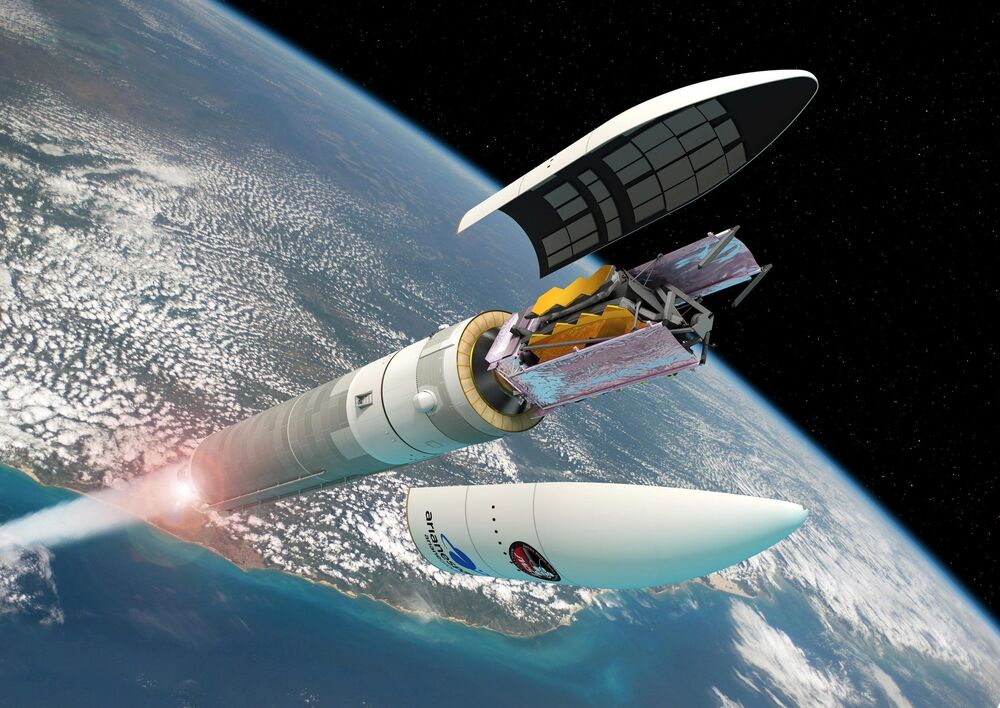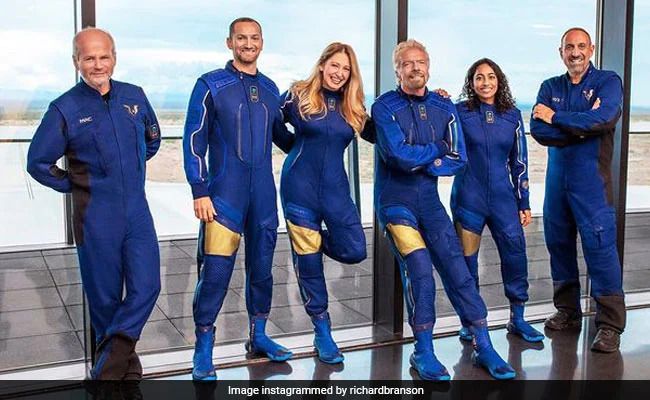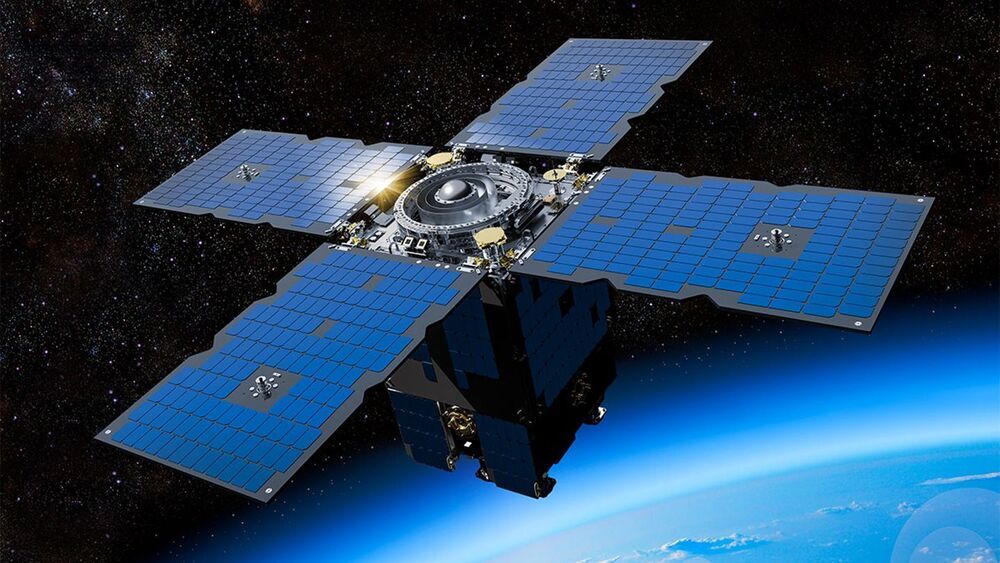What will ESA’s EnVision mission to Venus add to the growing number of spacecraft investigating our sister planet?



On July 1, the company announced that it would host its first fully-crewed spaceflight no earlier than Sunday, July 11. The ship will carry two pilots and four mission specialists, most notably company founder Richard Branson.
It’s the company’s 22nd flight with the VSS Unity ship and the fourth crewed space mission. But it’s that “space” clarifier that’s sparked debate — Virgin Galactic’s flights reach an altitude of just over 55 miles, but some organizations claim the boundary of space is actually 62 miles high.
As competitor Blue Origin prepares to launch its own crewed flight later this month, moving past the 62-mile limit, it’s a debate that could dictate who gets bragging rights.
SpaceX’s Starship is set for a powerful upgrade. Here’s what you need to know.

The international James Webb Space Telescope has passed the final mission analysis review for its launch on an Ariane 5 rocket from Europe’s Spaceport in French Guiana.
This major milestone, carried out with Arianespace, the Webb launch service provider, confirms that Ariane 5, the Webb spacecraft, and the flight plan are set for launch. It also specifically provides the final confirmation that all aspects of the launch vehicle and spacecraft are fully compatible.
During launch, the spacecraft experiences a range of mechanical forces, vibrations, temperature changes, and electromagnetic radiation. All technical evaluations performed by Arianespace on the mission’s key aspects, including the launch trajectory and payload separation, have shown positive results.


Warp drive patent.
The present invention relates to the use of technical drive systems, which operate by the modification of gravitational fields. These drive systems do not depend on the emission of matter to create thrust but create a change in the curvature of space-time, in accordance with general relativity. This allows travel by warping space-time to produce an independent warp drive system. Differential electron flow through a body in rotation is directed so as to simultaneously pass through a said body in its direction of rotation and contrary to its direction of rotation so as to release a directed flow of gravitons.

Wally Funk was one of 13 female aviators who lobbied for women to become astronauts in the early days of spaceflight.
Aviator Wally Funk wanted to be an astronaut in the earliest days of spaceflight. Sixty years later, on July 20, she’ll finally go to space with Blue Origin.
Funk was one of 13 female aviators later dubbed the Mercury 13 who, in 1961, passed all the exams necessary for admission to NASA’s astronaut corps and lobbied the federal government to send women into space. NASA and Congress demurred and women were excluded from becoming U.S. astronauts for more than a decade; Sally Ride became the first American woman to fly in space in 1983.

A bumper crop of applications for the ESA’s astronaut corps is providing a boost to proposals for Europe to develop its own human spaceflight capability.
WASHINGTON — A bumper crop of applications for the European Space Agency’s astronaut corps is providing a boost to proposals for Europe to develop its own human spaceflight capability.
ESA announced June 23 that it received 22589 applications in a solicitation that ended June 18. That’s far more than the 8413 applications it received in the previous astronaut selection round in 2018.
“Having more than 22000 applicants is quite a number,” Josef Aschbacher, ESA director general, said in a press conference about the application figures. “This is, I would call it, almost a historic moment for us that we have so many applicants that want to become astronauts. From that point of view, I’m more than satisfied. I’m extremely thrilled by these numbers.”